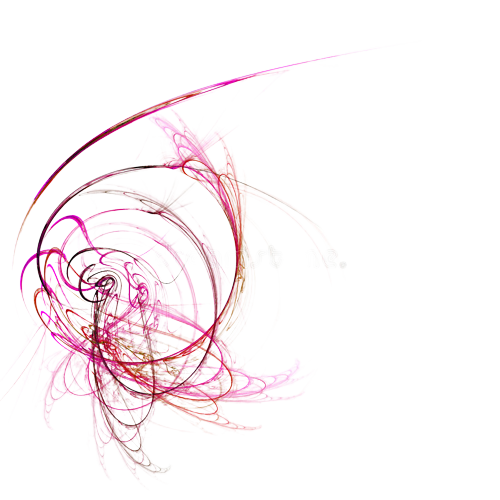How do photoautotrophs and chemotrophs obtain energy?
Phototrophs are the organisms that obtain energy from sunlight to carry out cellular functions. Chemotrophs are the organisms that obtain energy from the oxidation of chemical compounds.
How does a chemotrophs acquire energy?
Chemotrophs obtain their energy from chemicals (organic and inorganic compounds); chemolithotrophs obtain their energy from reactions with inorganic salts; and chemoheterotrophs obtain their carbon and energy from organic compounds (the energy source may also serve as the carbon source in these organisms).
How is energy acquired in photoautotrophs?
Phototrophs are organisms that carry out photon capture to acquire energy. Photoautotrophs convert inorganic materials into organic materials for use in cellular functions such as biosynthesis and respiration and provide nutrition for many other forms of life.
How are chemotrophs different from phototrophs?
They are the primary producers of food chains. The main difference between phototrophs and chemotrophs is that phototrophs capture protons in order to acquire energy whereas chemotrophs oxidize electron donors in order to acquire energy.
What do phototrophs do?
Phototroph is an organism that can use visible light as a primary energy source for metabolism, a process known as photosynthesis. Phototrophs contrast with chemotrophs, which obtain energy from the oxidation of organic compounds.
What are the examples of phototrophs?
In terrestrial environments, plants are the predominant variety, while aquatic environments include a range of phototrophic organisms such as algae (e.g., kelp), other protists (such as euglena), phytoplankton, and bacteria (such as cyanobacteria).
What is the function of chemotrophs?
Chemotrophs are organisms that obtain energy by the oxidation of electron donors in their environments. These molecules can be organic (chemoorganotrophs) or inorganic (chemolithotrophs). The chemotroph designation is in contrast to phototrophs, which use solar energy.
What is energy processing acquisition and use of energy?
Energy acquisition is important for all living organisms to grow, reproduce, and move. Heterotrophs are organisms that cannot produce their own food. Heterotrophs must consume other organisms in order to acquire energy. Humans are heterotrophs, and eating food has united people across cultures for thousands of years.
What are the two modes of energy acquisition?
Organisms acquire energy by two general methods: by light or by chemical oxidation. Productive organisms, called autotrophs, convert light or chemicals into energy-rich organic compounds beginning with energy-poor carbon dioxide (CO2).
Are humans chemotrophs or phototrophs?
Organotrophs, including humans, fungi, and many prokaryotes, are chemotrophs that obtain energy from organic compounds. Lithotrophs (“litho” means “rock”) are chemotrophs that get energy from inorganic compounds, including hydrogen sulfide (H2S) and reduced iron.
What is the difference between Photoautotrophic and Chemoautotrophic types of nutrition?
Photoautorrophs are those organisms which derive their energy from light and use as their sole carbon source, whereas chemoautotrophs are those organisms that obtain energy by oxidising inorganic chemical compounds.
Where are chemotrophs found?
ocean floors
Chemotrophs can be found on ocean floors where sunlight cannot reach. Or above ground, such as the case with iron bacteria.
